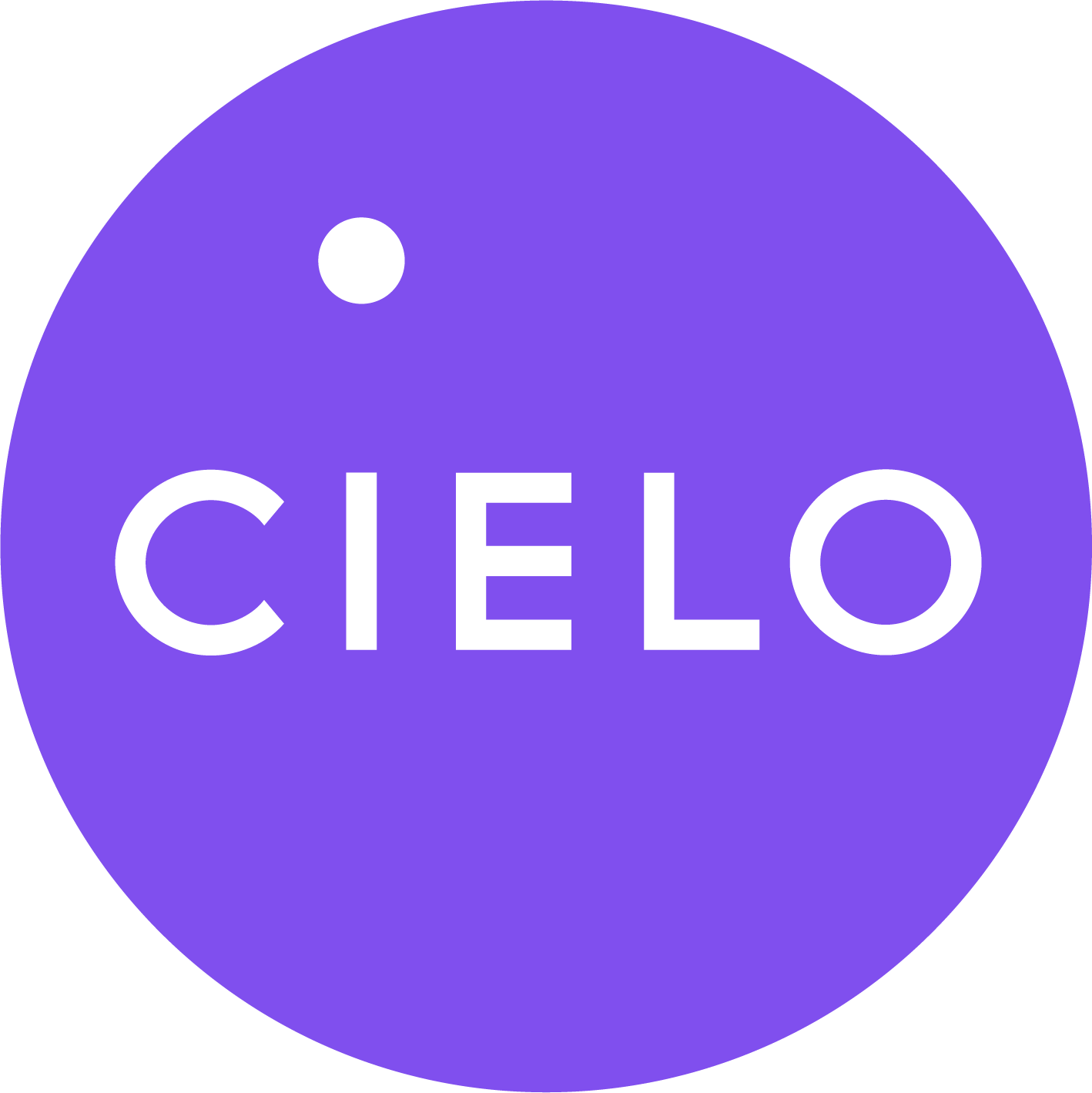There is no question that the world is changing. Dramatic shifts in economic power from the West to East, a younger workforce exerting its attitudes and influences, and unprecedented technological advancement have made it essential that Talent Acquisition – and Recruitment Process Outsourcing (RPO) – react accordingly. The only question left is how quickly your organization will adapt: Will you arrive at next-generation talent acquisition kicking and screaming, or be an early leader who is able to make bold choices and find success?
During a recent webinar, “Creating the Vision for Next Generation Talent Acquisition,” Cielo’s Angela Hills, Chief Revenue Officer, and Paula Parfitt, Senior Vice President, detailed these global shifts and shared tips and insights as to how organizations can change in order to fully realize the benefits.
RPO has evolved from its focus of strictly being on cost impact (RPO 1.0) to business impact (RPO 2.0) to a new version (RPO 3.0) focused on long-term strategic impact. While there is much that is new, what remains the same is that RPO is not meant to be a quick fix. RPO 3.0 requires investment and understanding to work, including the following steps:
- Give the solution time to work: Data that can be used to measure metrics like Quality of Hire does not appear overnight. These are big changes, and organizations should set realistic expectations for timelines.
- Create a holistic business case: Look beyond the benefits your organization will see on day one. What will they look like after a year? Two years?
- Avoid US vs. THEM: An RPO partnership functions differently than managing an agency. The RPO provider needs to have access and be involved in the business and business planning. The more time and energy an organization invests in this, the more it will pay dividends.
- Be Bold!: This is not a time to be timid. Have a bold vision that includes a high-tech, high-touch approach to candidate experience, and approach intelligent automation.
- Align Your Stakeholders: RPO impacts virtually everyone in an organization, so make sure to articulate for everyone how this solution will make their lives better.
- Agree to a Commercial Model that Supports Results: In order to focus the right kind of work and behaviors, align the fee structures to correspond with the primary goals of the partnership.
Angela and Paula reference a new report from Everest Group, “RPO 3.0 – Paradigm Shift in RPO Value Proposition,” which you can download free of charge here. To listen to the webinar, click here.
